Too Much of a Good Thing?
So, here we are mid-January, and many people have jumped into new fitness routines to kick off the new year. Way to go! How is it going? Any obstacles popped up? Let me know and we can problem solve around those obstacles.
Obstacles, however, are not the focus of today’s post. Today I wanted to touch on the potential of over-training for those who have jumped into a new, or increased, workout routine.
While we want to push the envelope when looking to improve our fitness level, we must do so with caution as there certainly is the potential of “too much of a good thing”. How much is too much? Well it depends on your body’s reaction to the exercise demands. The first rule is always that of progressive overload. Overload meaning that you’re adding more to your current time, distance, volume, frequency etc. And then the progressive component is key to ensure that we change only one variable at a time, and make that change no more than a 10% increase. For example, if you’re walking for 30 mins on the treadmill, make your increase to 33 mins. If you’re measuring your walk in terms of distance rather than minutes and your currently walking 1 kilometer, then increase to 1.1 kilometers.
Secondly, and more importantly than the general rule above, look at your body’s response.
Signs of over training can include:
-chronic muscle soreness (that is not related to an injury)
-increase incidents of colds and infections
-decrease in appetite
-increase in irritability
-increase in your resting heart rate-this is a significant sign and easy to measure. If you think you may be over training, chart your resting heart rate every morning when you wake (after you have recovered from the shock of your alarm!). Chart this for a few weeks. As we become more fit, our resting heart rate should decrease, NOT increase. The increase is due to your body continually trying to recover from exercise AND keep you moving through your day to day activities. Your body is letting you know that it can’t keep up with the demand which you are asking.
If you suspect you’re over-training, it does not mean that you have to stop all together. Back off on the intensity (how hard you’re working), the duration (for how long you’re working) or the frequency (number of work outs per week), or perhaps a combination of these, until you are feeling better. And then begin to re-build with the above 10% progressive overload in mind.
Still not sure if you’re doing enough for improvement, or too much for safety? Consider accessing a qualified personal trainer to help!
Keep moving and take good care!
Deanna
